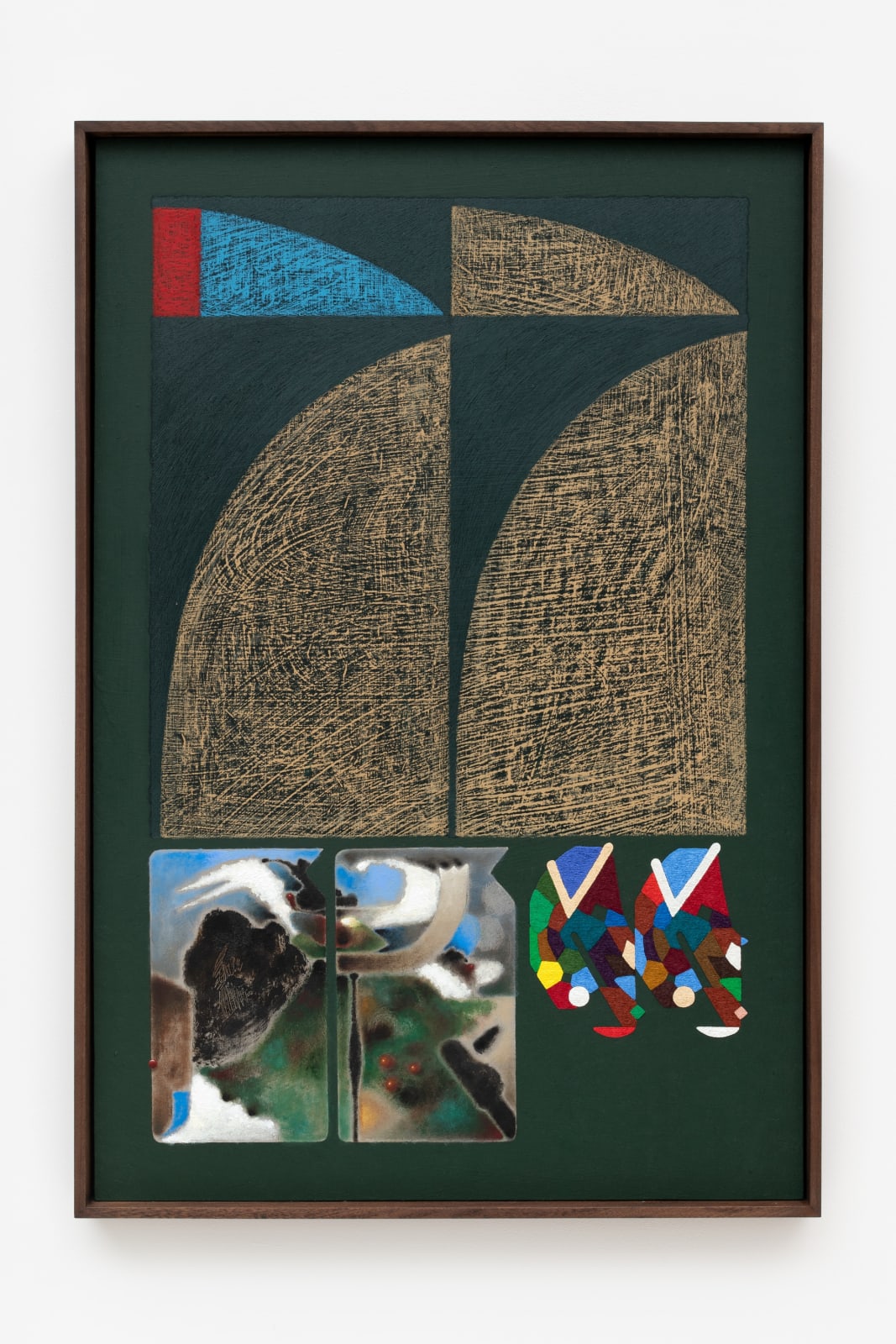
Haroun Hayward
Tainted Love (Study for Blasted Tree) No. 2, 2022
Oil paint, oil stick, oil pastel, and gesso on panel
Framed: 93.2 x 63.5 x 4.8 cm
36 3/4 x 25 x 1 7/8 in
36 3/4 x 25 x 1 7/8 in